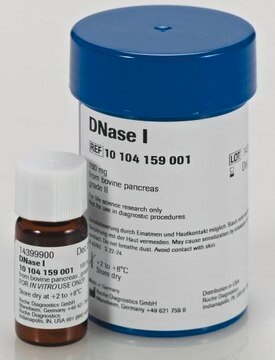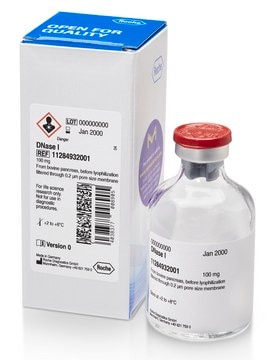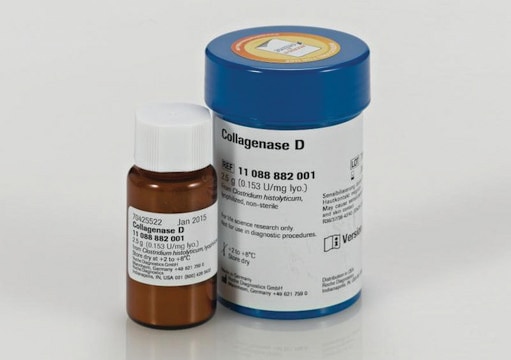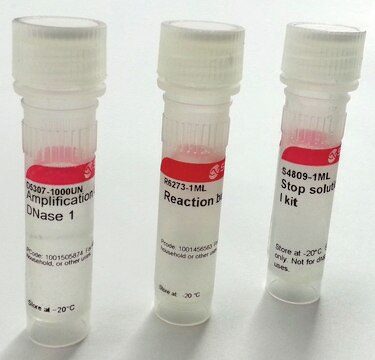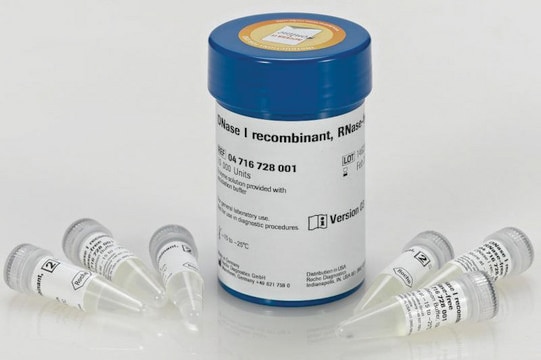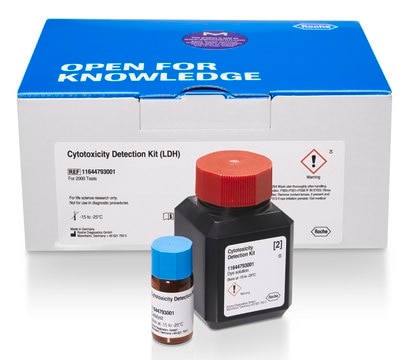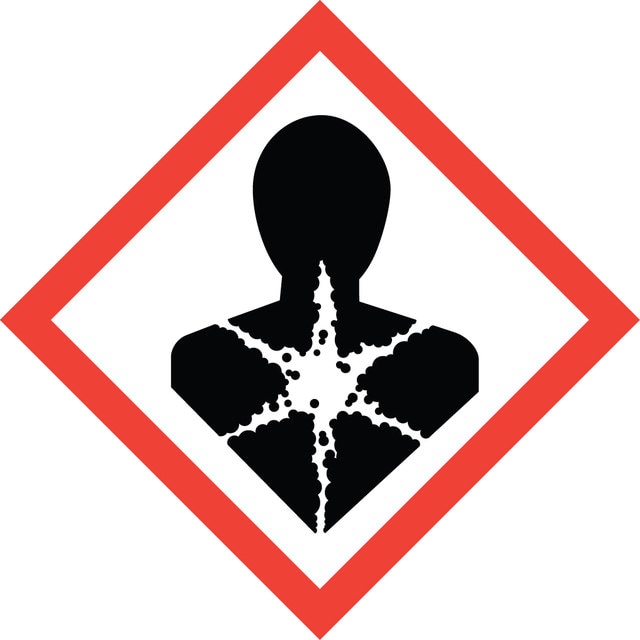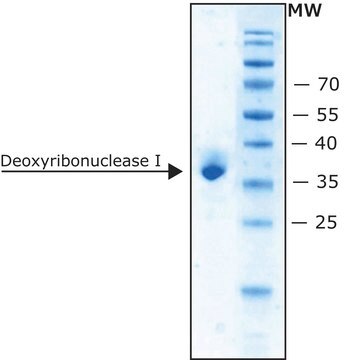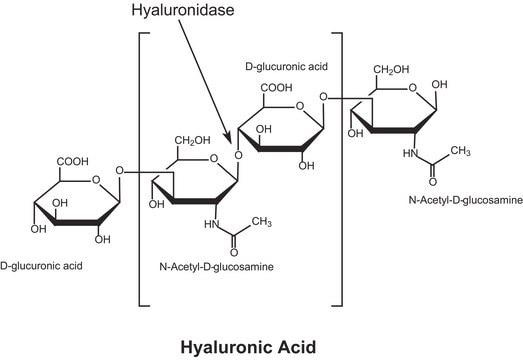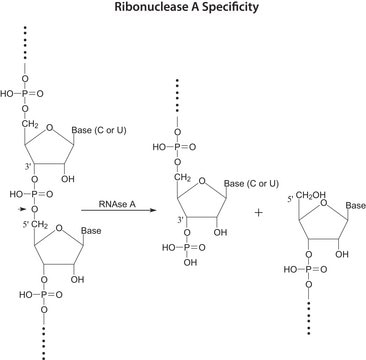DN25
Deoxyribonuclease I from bovine pancreas
lyophilized powder, Protein ≥85 %, ≥400 Kunitz units/mg protein
Synonym(s):
Deoxyribonuclease, DNase I, Deoxyribonucleate 5′-oligonucleotido-hydrolase
About This Item
Recommended Products
biological source
bovine pancreas
Quality Level
form
lyophilized powder
specific activity
≥400 Kunitz units/mg protein
mol wt
~31 kDa
composition
Protein, ≥85%
technique(s)
DNA extraction: suitable
solubility
0.15 M NaCl: soluble 5.0 mg/mL, hazy
suitability
suitable for molecular biology
application(s)
diagnostic assay manufacturing
diagnostic assay manufacturing
foreign activity
RNase ≤0.02%
shipped in
wet ice
storage temp.
−20°C
Looking for similar products? Visit Product Comparison Guide
Related Categories
General description
- Our DNase I Digests double str and single stranded DNA into oligo and mononucleotides.
- Bovine pancreatic DNase exists as four isozymes, having isoelectric points for A, B, C and D: 5.22, 4.96, 5.06 and 4.78.3. The predominant form is A, with smaller amounts of B and C, and only minor amount of D.
- DNase I structure resembles the structure of to exonuclease III. It includes two central ß sheets. Each β sheet is composed of six β-strands. This complex of β sheets is surrounded by extensive loop and α-helical regions. This enzyme shares structural similarity to exonuclease III.[1]
Application
- Decreases viscosity providing better yields by removing DNA in primary cell isolation:
- Incorporating labelled bases into DNA: DNA nick
- Radioactive labelling
- Bioprocessing applications: DNA removal
- Eliminating genomic DNA from RNA preparations before RT-PCR
- In vitro transcription
- Nick translation
- DNase footprinting
- Actin regulation of actin polymerization in cells, and cell apoptosis
- UV crosslinking of proteins to nucleic acids
- DNase play a role in the regulation of actin polymerization in cells and is involved in apoptosis process [1]
Biochem/physiol Actions
Features and Benefits
Unit Definition
Physical form
Preparation Note
Analysis Note
inhibitor
signalword
Danger
hcodes
pcodes
Hazard Classifications
Resp. Sens. 1
Storage Class
11 - Combustible Solids
wgk_germany
WGK 3
flash_point_f
Not applicable
flash_point_c
Not applicable
ppe
Eyeshields, Gloves, type N95 (US)
Certificates of Analysis (COA)
Search for Certificates of Analysis (COA) by entering the products Lot/Batch Number. Lot and Batch Numbers can be found on a product’s label following the words ‘Lot’ or ‘Batch’.
Already Own This Product?
Find documentation for the products that you have recently purchased in the Document Library.
Customers Also Viewed
Our team of scientists has experience in all areas of research including Life Science, Material Science, Chemical Synthesis, Chromatography, Analytical and many others.
Contact Technical Service